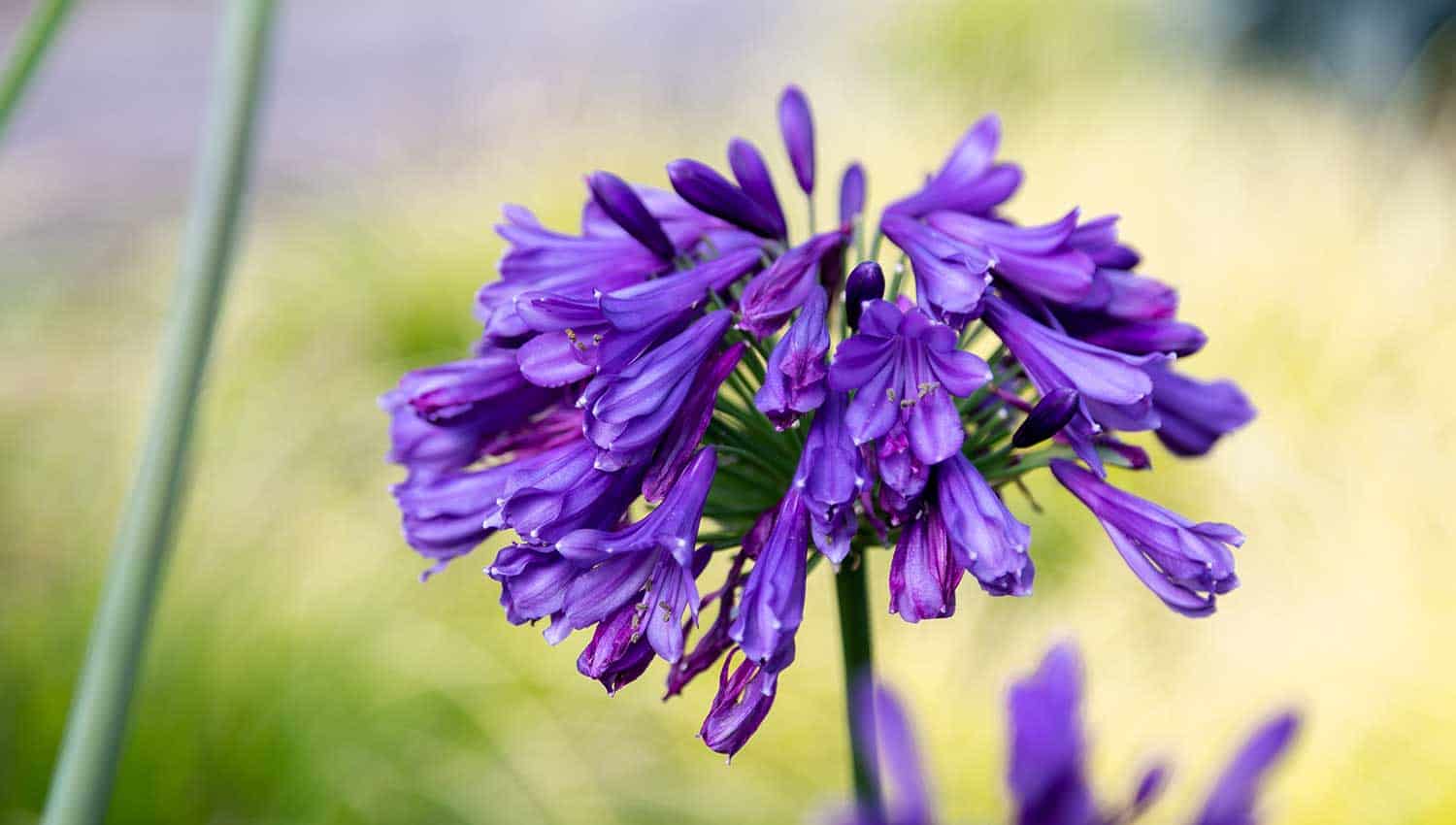Agapanthus Propagation: Tips for Expanding Your Plant Collection
Agapanthus Propagation: Tips for Expanding Your Plant Collection
Blog Article
Releasing the Secret to Effective Agapanthus Cultivation: Advice for a Flourishing Yard
In the world of horticulture, growing agapanthus effectively calls for a tactical technique that incorporates numerous elements of plant care. By understanding the subtleties of agapanthus growing, one can create a setting where these plants grow and grow perfectly.
Growing Agapanthus: Finest Practices
When planting Agapanthus, proper dirt prep work is vital for making sure effective development and growth of these gorgeous flowers. Agapanthus, generally called Lily of the Nile or African lily, flourishes in well-draining soil with a slightly acidic to neutral pH level - Agapanthus. Before planting, it is crucial to change hefty clay dirts with raw material such as garden compost or peat moss to improve drainage and provide crucial nutrients for the plants
To grow Agapanthus, choose a location that receives complete sunshine to partial shade, as this will advertise healthy growth and bountiful blooming. Dig an opening twice the size of the plant's root ball and position the Agapanthus at the exact same depth it was previously growing. Carefully backfill the hole with soil, pushing down securely to eliminate any air pockets around the roots.
Water the freshly planted Agapanthus completely and remain to maintain the dirt uniformly damp, especially throughout the plant's active expanding season. Agapanthus. Applying a balanced plant food once a month can additionally support the plant's growth and blooming. By complying with these finest techniques for planting Agapanthus, you can produce a magnificent display screen of these captivating blossoms in your yard
Suitable Soil Issues for Agapanthus
For optimum growth and flowering success of Agapanthus plants, ensuring the dirt conditions are suitable is essential. Agapanthus favors soil that is abundant in nutrients, so incorporating a well balanced plant food during the expanding season can advertise healthy and balanced growth and lively blooms.

Watering and Fertilizing Tips
To make certain healthy and balanced growth and vibrant blossoms, appropriate watering and fertilizing techniques are vital for successful Agapanthus cultivation. Agapanthus plants profit from regular watering, specifically throughout the growing period.
When it involves feeding Agapanthus, a balanced fertilizer with equivalent components nitrogen, phosphorus, and potassium can be applied in the spring to advertise healthy and balanced growth and blooming. Slow-release plant foods are suitable for offering nutrients gradually over an extended duration. Prevent over-fertilizing, as this can lead to too much foliage growth at the cost of blossoms.
Furthermore, incorporating natural issue like compost right into the soil can enhance nutrient degrees and improve dirt structure, aiding in the total health and wellness of the Agapanthus plants. By following these watering and feeding suggestions, garden enthusiasts can guarantee their Agapanthus plants thrive and generate spectacular displays of blossoms.
Pruning and Deadheading Strategies
Proper trimming and deadheading techniques play an important duty in keeping the health and aesthetic appeals of Agapanthus plants, complementing the essential techniques of watering and fertilizing for effective cultivation. Trimming Agapanthus involves eliminating invested flower heads, dead or yellowing leaves, and total shaping of the plant to promote much better development. Deadheading, the procedure of removing faded blossoms, not only improves the plant's look but likewise urges further growing.
When deadheading Agapanthus, it is advisable to clip off the flower stem at the base utilizing sharp, tidy shears. Going Here This procedure reroutes the plant's power from seed production back into root and vegetation development, advertising a much healthier and extra robust plant. Routine deadheading can expand the blooming period of Agapanthus and stop self-seeding, which can bring about overcrowding.
In terms of pruning, Agapanthus usually gain from a light trim after blossoming to clean the plant and urge fresh growth. Cutting down the invested blossom stems and removing any dead or damaged vegetation assists preserve the plant's vigor and total look. Nevertheless, it is necessary to stay clear of reducing into the crown of the plant, as this can weaken its health.

Protecting Agapanthus From Vermins and Diseases
Applying efficient pest and condition monitoring approaches is crucial to safeguarding the health and vigor of Agapanthus plants in farming. Agapanthus are usually durable plants, yet they can check my reference still come down with different insects and diseases if not properly cared for. One usual parasite that influences Agapanthus is the Agapanthus borer, a caterpillar that tunnels into the plant, causing damages to the flowers and leaves. To avoid problems, normal assessment of the plants is vital. If borers are discovered, they can be manually gotten rid of, or insecticidal soap can be made use of as a control procedure.
In addition to parasites, Agapanthus are susceptible to diseases such as root rot and fungal fallen leave spots. By remaining alert and addressing bug and condition problems quickly, garden enthusiasts can aid their Agapanthus prosper and flourish.

Final Thought
To conclude, successful cultivation of agapanthus calls for proper planting methods, suitable dirt problems, adequate watering and feeding, routine pruning and deadheading, and security from bugs and conditions. By adhering to these pointers and tricks, gardeners can make certain a flourishing yard loaded with lovely agapanthus blossoms. Agapanthus. Bear in mind to maintain consistent care and focus to detail to promote the wellness and durability of these spectacular plants
When planting Agapanthus, proper soil preparation is visit this web-site vital for guaranteeing successful growth and advancement of these attractive flowers.Water the recently grown Agapanthus extensively and proceed to keep the dirt equally moist, particularly throughout the plant's active growing season.For optimum development and growing success of Agapanthus plants, guaranteeing the dirt problems are ideal is critical. When transplanting or planting Agapanthus, make certain the soil is well-prepared to supply the necessary structure for the plants to develop themselves efficiently. One typical insect that influences Agapanthus is the Agapanthus borer, a caterpillar that tunnels into the plant, causing damages to the fallen leaves and blossoms.
Report this page